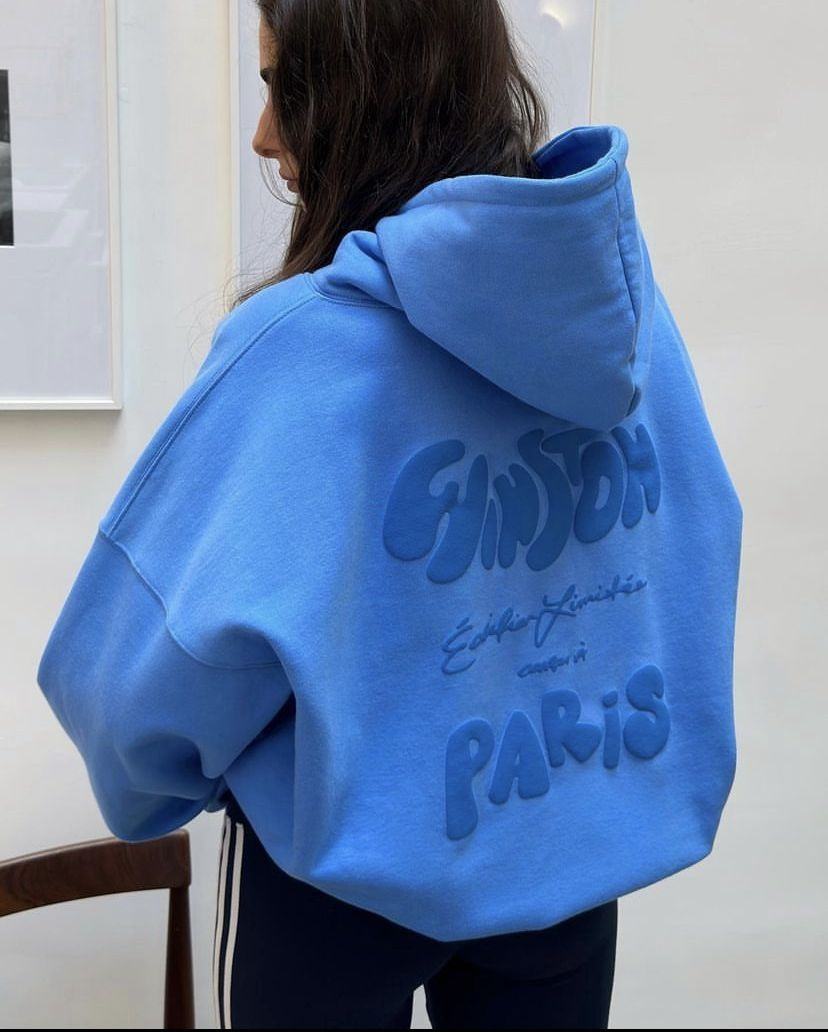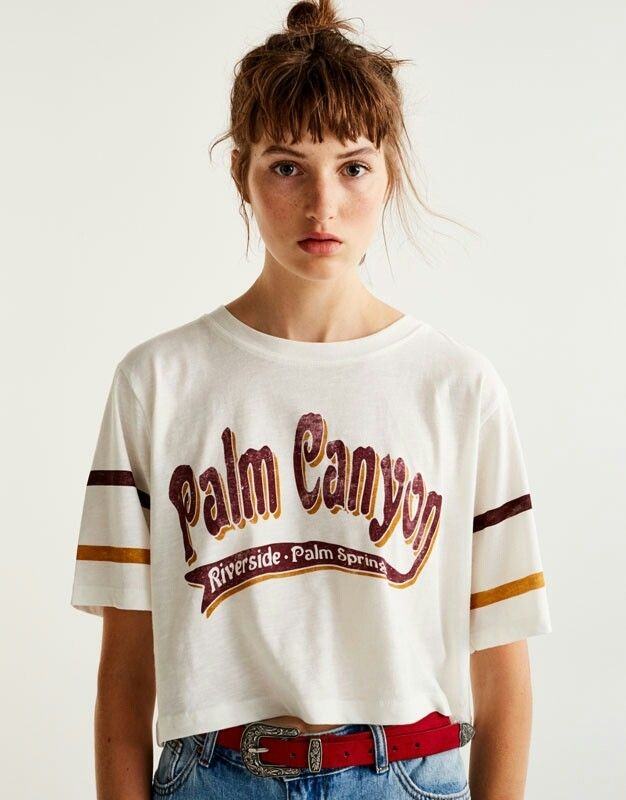Fashion has always been far more than just clothing. It is a form of art, an extension of identity, and a cultural mirror that reflects the values, struggles, and aspirations of each era. From the simplest garments of ancient societies to the extravagant designs of contemporary fashion houses, clothing has consistently told stories about who we are and what we want to project to the world. While fashion is often associated with surface-level aesthetics, its deeper meaning lies in the way it communicates individuality, social belonging, and collective imagination. Understanding fashion as a timeless expression of human creativity requires exploring its historical roots, cultural importance, social impact, and its evolving relationship with technology and sustainability.
The history of fashion is inseparable from the history of civilization itself. In ancient societies, clothing was not only functional but symbolic. The Egyptians used linen to combat the heat while adorning themselves with jewelry that reflected status and spiritual beliefs. In Greece and Rome, draped garments like the toga symbolized citizenship and political identity. In medieval Europe, strict clothing codes dictated what people of different social classes could wear, turning fashion into a marker of hierarchy and privilege. The Renaissance introduced a spirit of innovation, where fabrics, colors, and tailoring became instruments of artistic expression. By the eighteenth century, fashion was not only a reflection of wealth but also a stage for theatricality and self-presentation. The French court, under Louis XIV, turned fashion into a spectacle, giving birth to trends that spread across Europe. This history reveals how fashion has consistently merged utility with meaning, serving as a language of symbols that evolves with time.
The nineteenth and twentieth centuries brought radical changes to fashion as industrialization transformed textile production. With mass manufacturing, fashion became more accessible, allowing different social groups to participate in trends once reserved for the elite. The invention of the sewing machine and the development of department stores democratized clothing, while the rise of photography and magazines turned fashion into a global phenomenon. Designers such as Coco Chanel and Christian Dior revolutionized modern style by offering designs that balanced elegance with practicality. Chanel redefined women’s fashion with simplicity and freedom of movement, while Dior’s post-war silhouettes emphasized femininity and luxury. Later, designers like Yves Saint Laurent blurred the boundaries between masculinity and femininity by popularizing tuxedos for women. Each movement reflected broader social changes, from women’s emancipation to the youth rebellions of the 1960s. Fashion became intertwined with politics, identity, and social progress, making it a tool of both rebellion and conformity.
Fashion is deeply embedded in culture, shaping and being shaped by traditions, beliefs, and identities. Different cultures have used clothing to celebrate rituals, honor ancestors, or display values. Japanese kimonos, Indian saris, and African textiles are not simply garments but symbols of heritage and artistry passed down through generations. In globalized modernity, these cultural fashions often inspire contemporary designers who reinterpret traditional motifs for new audiences. The fusion of cultures in fashion highlights both the beauty of diversity and the challenges of appropriation. When handled respectfully, it creates dialogue between past and present, tradition and innovation. Fashion can therefore be seen as a bridge between cultures, allowing individuals to embrace their roots while participating in global conversations.
On a personal level, fashion is a powerful tool for self-expression. It allows individuals to construct and communicate their identities without words. A person’s choice of clothing can reveal moods, aspirations, social belonging, or rebellion against norms. Subcultures throughout history, from punk to hip-hop, have used fashion as a way to create community and resist mainstream expectations. Clothing in these movements is more than fabric; it is a declaration of values and a statement of difference. Fashion psychologists argue that what we wear influences not only how others see us but also how we perceive ourselves. The phenomenon of “enclothed cognition” suggests that clothing can shape confidence, focus, and performance. This highlights the psychological dimension of fashion, showing that it is as much about inner experience as external appearance.
In contemporary society, fashion is also inseparable from technology. Digital media has revolutionized how trends emerge, spread, and evolve. Social platforms like Instagram and TikTok have transformed fashion into a global spectacle where influencers and everyday users create and share styles instantly. Online shopping, virtual fashion shows, and even digital clothing for avatars in virtual worlds demonstrate how fashion continues to expand beyond the physical realm. Technology has given rise to fast fashion, making trends more accessible but also raising urgent questions about sustainability and ethics. The rapid production of inexpensive garments often comes at the cost of labor exploitation and environmental damage. In response, sustainable fashion movements have emerged, advocating for eco-friendly fabrics, ethical labor practices, and circular design systems where clothing is recycled and reused. This ongoing dialogue between fashion and technology reveals how creativity must now balance beauty with responsibility.
The economic significance of fashion cannot be overlooked. As one of the largest global industries, fashion contributes to employment, trade, and innovation. From luxury brands that define exclusivity to streetwear labels that capture youth culture, fashion drives consumer behavior and influences markets. Yet this economic power also comes with responsibility. Consumers today are more conscious about transparency and demand accountability from brands regarding environmental impact and ethical sourcing. The rise of slow fashion reflects a growing awareness that style does not have to come at the expense of sustainability. Brands that prioritize quality over quantity and timeless design over fleeting trends are reshaping consumer expectations. This shift demonstrates how creativity in fashion is no longer limited to aesthetics but extends to rethinking the very system in which fashion operates.
Fashion also plays a unique role in collective memory and storytelling. Iconic pieces such as the little black dress, denim jeans, or leather jackets carry associations that transcend time. They symbolize eras, movements, or emotions, becoming cultural artifacts in their own right. Fashion photography and runway shows immortalize not just garments but moods and ideologies of their time. The archives of great fashion houses serve as chronicles of creativity that inspire future generations. This continuity ensures that fashion remains a living dialogue between past, present, and future. It is both ephemeral and eternal, shifting with trends yet always rooted in the timeless human desire for beauty and expression.
At its core, fashion is about creativity, and creativity is boundless. Designers, artisans, and wearers all participate in the fashion system, shaping and reshaping it with their choices. A dress is not only the vision of a designer but also the craftsmanship of makers and the interpretation of the person who wears it. Fashion’s power lies in this collaboration between imagination and reality, where fabric and form meet stories and dreams. Each generation reinvents fashion by asking new questions and seeking new answers, ensuring that it never remains static. This cycle of reinvention reflects the resilience of human creativity, which always finds new ways to communicate through clothing.
In conclusion, fashion is a timeless expression of human creativity because it embodies history, culture, identity, and innovation. It reflects the struggles and achievements of societies, the aspirations of individuals, and the endless possibilities of design. Fashion allows us to see ourselves and others in ways that words often cannot express. It is both art and industry, both personal and collective, both material and symbolic. While trends may come and go, the essence of fashion as a creative language remains unchanged. As the world continues to face challenges of globalization, technology, and sustainability, fashion will evolve, but it will always remain a profound testament to the imaginative spirit of humanity.



